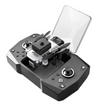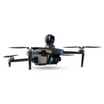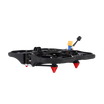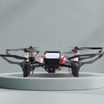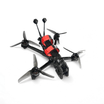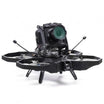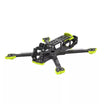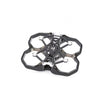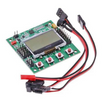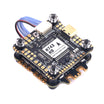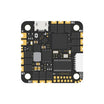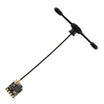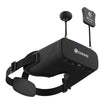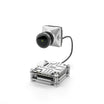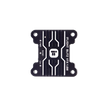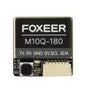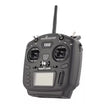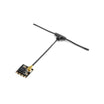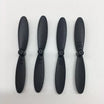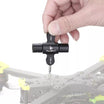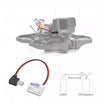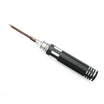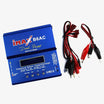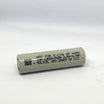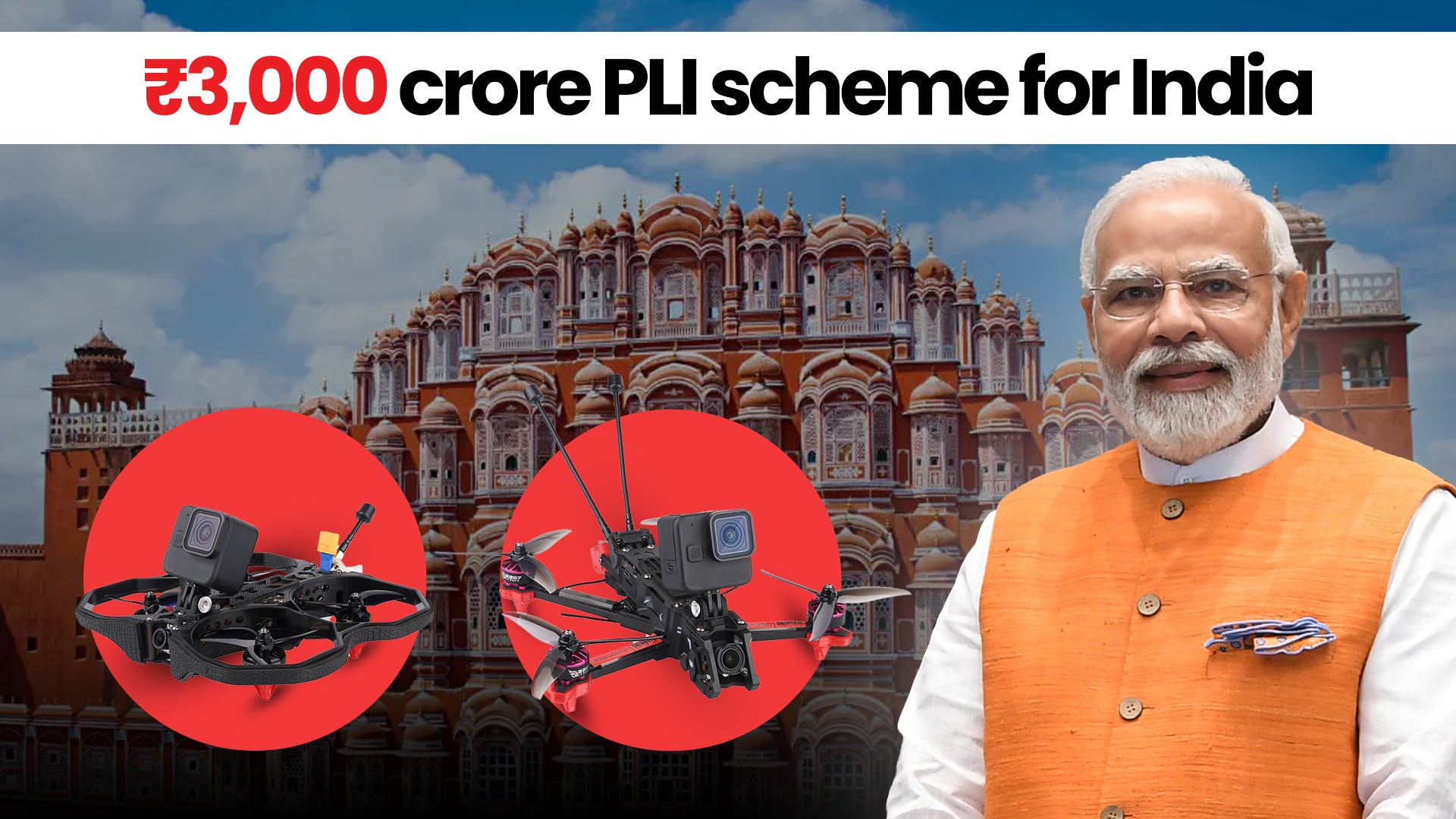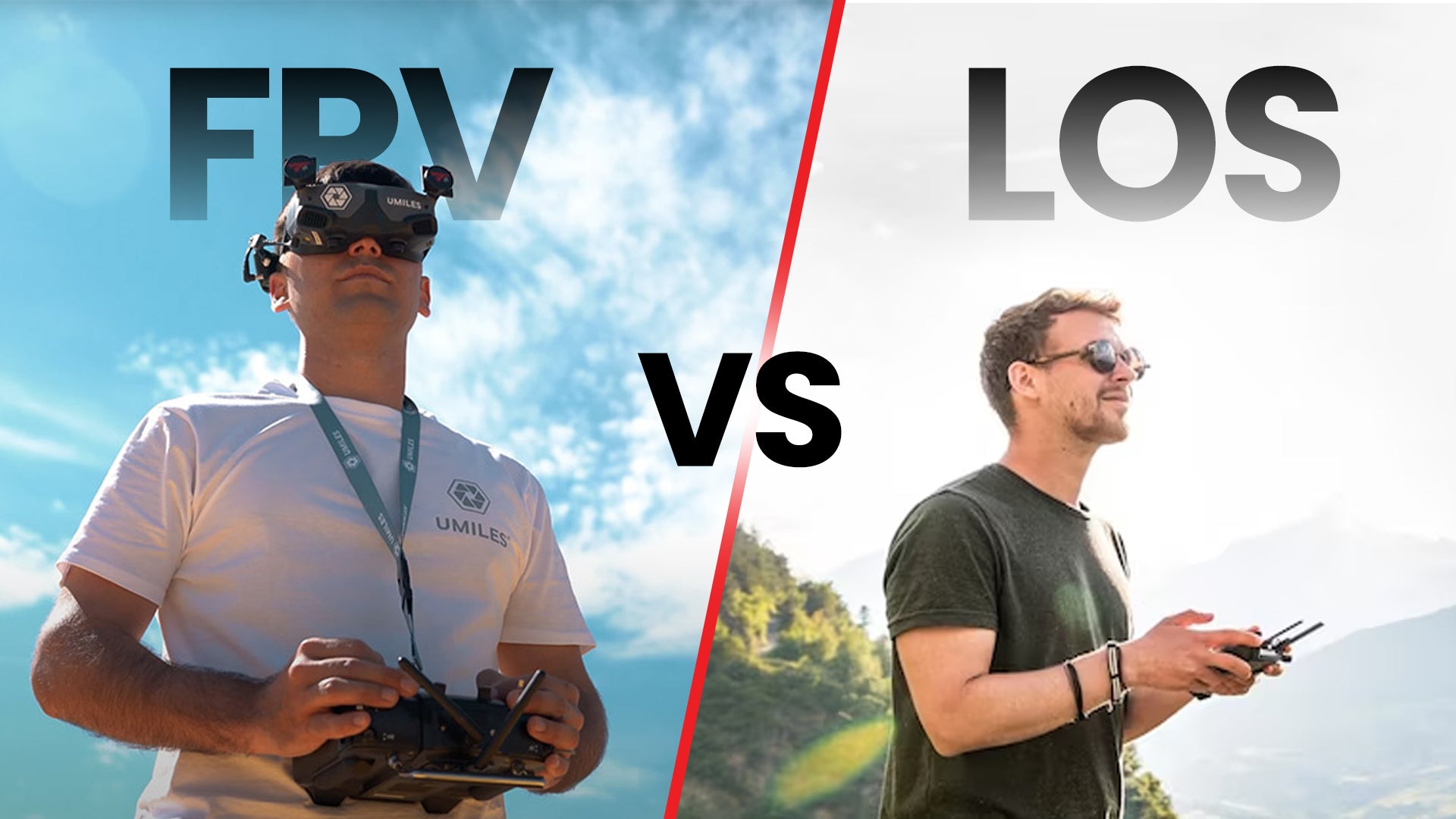We all know about SaaS (Software-as-a-service) or IaaS (Infrastructure-as-a-service) but have you heard about DaaS (Drones-as-a-service)?
Drones which have been around in the industry for quite a few decades have recently gained momentum with people realizing their importance and uses in various fields. In addition, the introduction of the 3000 crore PLI scheme by the government has added a cherry on top to the global recognition of drone technology in various sectors including agriculture, surveying, first responders, and healthcare.
Use Cases Of Drones As A Service In Various Industries
Let us explore the various uses of DaaS and how they are revolutionizing industries as a whole.
Generating digital twins
The industrial, utilities, construction, and logistics sectors are being completely transformed by digital twins, which are digital copies of actual systems and items. These virtual models provide incredibly useful information for testing, analysis, and simulation.
Scanning and uploading exact reproductions takes a lot of time, which is a significant obstacle to building digital twins. The game is shifting thanks to drones that are outfitted with LiDAR sensors and high-resolution cameras. Regardless of the size, they are capable of taking precise pictures and data of real-world things.
In addition, drones fitted with thermal imaging cameras are able to collect temperature information about their surroundings. This is especially helpful in production, where equipment failure due to overheating occurs frequently.
Scanning field
The lower size and frequent electric propulsion of drones provide a considerable advantage over traditional aerial vehicles such as planes and helicopters. The structure of the drone helps to increase their effectiveness and lowers their cost for a variety of applications, such as data collection and aerial photography.
Drones fitted with dedicated imaging sensors allow us to collect important information about particular regions. Applications for this can be found in a variety of industries, including agriculture, environmental monitoring, wildlife conservation, and search and rescue. For instance, they can be used to monitor the effects of climate change on forests or identify pest infestations in crops.
Drones' capacity to function remotely in dangerous areas is one of their main advantages. This removes the dangers that come with human-piloted aircraft, which makes them perfect for jobs like monitoring volcanoes or looking for survivors in disaster-affected areas.
Infrastructure inspections
When compared to conventional human inspections, drones with cameras and sensors present a safer and more effective option. Drones with AI capabilities can identify anomalies such as variations in temperature, fractures, and corrosion, thus minimizing the necessity for human involvement. They can also use LiDAR sensors to gather precise data and maneuver through tight areas. Predictive maintenance is made possible by real-time data analysis, reducing hazards and downtime.
Agriculture
Drones equipped with cameras, sensors, and other imaging technology collect important information about the environment, crops, and soil. By using this data, farmers can optimize their agricultural practices by making well-informed decisions about fertilization, harvesting, and planting techniques.
Drones with water tanks are a useful solution for areas where water is scarce. They can lessen the effects of drought without the need for large-scale irrigation systems by supplying water to parched crops. This method is especially useful in nations where rainwater harvesting is customary.
In addition, drone-produced high-resolution maps provide farmers with a comprehensive understanding of their property, including its topography, soil moisture content, possible pest outbreaks, and other elements that affect crop growth. This information enables farmers to fine-tune planting and water management strategies, maximizing yields while minimizing waste.
Another application of drone technology is precision agriculture, which involves treating pests and disease in particular sections of a field. Drones can be equipped with pesticide tanks, much like water tanks, enabling the targeted application of chemicals to impacted regions. This focused strategy safeguards nutritious crops while cutting down on pesticide waste.
Healthcare
In the healthcare sector, drones are turning out to be quite useful tools, particularly in isolated and disaster-affected areas. Their capacity to move vital supplies quickly and over difficult terrain is saving lives.
The delivery of necessary medical supplies is one of the most significant uses of drones in the healthcare industry. They are helping to close the gap between people in need and the resources they need, from lab samples to blood and medical equipment. This is especially important during natural catastrophes or in areas with poor healthcare infrastructure.
Consider a situation in which an accident occurs in a remote area. When it comes to traditional transit, poor road conditions or a lack of infrastructure might make them slow or even impossible. Drones can quickly transport life-saving supplies from surrounding hospitals in these situations.
Drones are also revolutionizing the field of diagnosis. Patients can obtain suitable treatment plans and diagnoses more quickly when test samples are transported quickly. This is crucial in situations where there is a time constraint.
Drones are vital for getting vital medical supplies to affected communities in the event of a natural disaster. They can maneuver amid the turmoil created by disruptions to regular transportation networks, guaranteeing that clinics and hospitals have the supplies they need to deliver care.
What Is The Future Of Drones As A Service?
The drone market is expanding, where DaaS is turning into a game-changer in a number of industries. Drones offer data collecting opportunities with never-before-seen efficiency and affordability in industries ranging from real estate and agriculture to healthcare and infrastructure inspections. Employing drones allows businesses to improve accuracy, expedite workflows, and make growth-promoting data-driven decisions.
We expect even more ground-breaking uses for drone technology as it develops, such as enhanced air mobility, cargo delivery, and food delivery. However, safety, privacy, and regulatory compliance must be carefully considered before growing these services.
In order to ensure appropriate drone operations and become familiar with the regulatory landscape, organizations evaluating DaaS should give priority to training. By taking care of these issues, companies can effectively utilize drone technology to spur innovation and achieve a competitive advantage.

